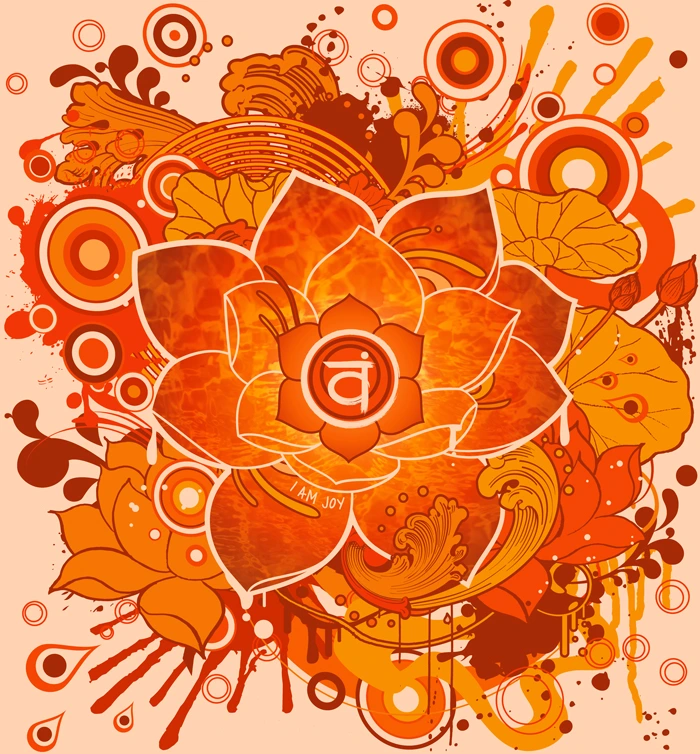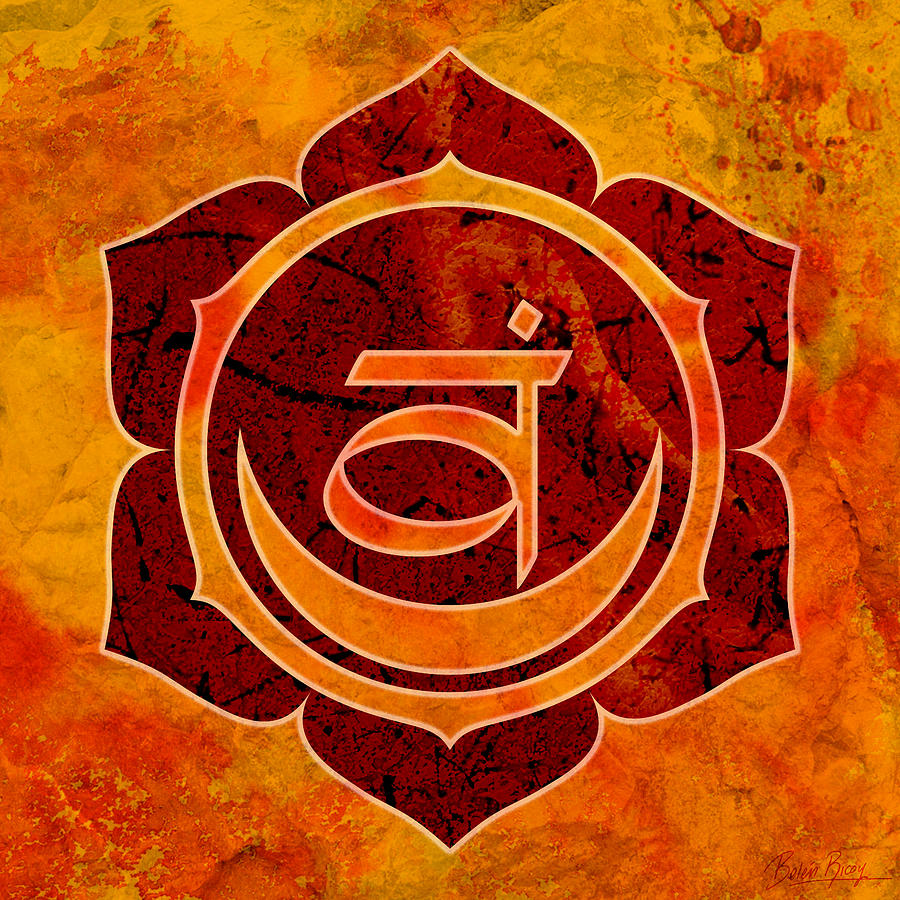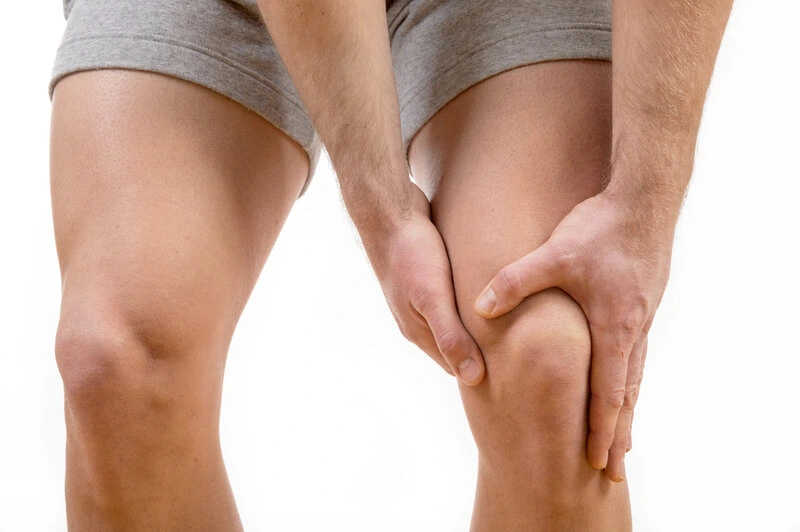1.- What is Vatayanasana and how is it performed?
Vatayanasana is a Yoga pose that requires a lot of flexibility and is part of the intermediate postures.
From Tadasana, one foot is brought to the top of the other thigh from the posture Ardha Padmasana. The knee of the supporting leg is bent until the other knee reaches the ground and the weight of the body is balanced. The arms are raised with the forearms pointing up, and wrapped around each other so that one elbow bends toward the other. The upper arm should go parallel with the foot that is bent in half lotus.

The name Vatayanasana is derived from the sanskrit vataya, meaning “horse”, and Asana, meaning “pose”.
So this posture means the “horse posture” or “horse head“.
2.- The meaning of the name Vatayanasana

Vatayanasana from the VATA term is that of the medicine used to improve intestinal transit.
VATA has the same meaning with Pavana, although Pavana means wind. The term Pavana is used by yogics and to refer to the elimination of gases through our rectum.
This Asana can be performed by anyone, be it a child, a woman or an elderly person.
VATAYANASANA is not a simple Asana, since its most powerful effects are mastered only by those who practice systematically, especially if you have the direct guidance of an authentic GURU.
3.- Everything you need to know about Vatayanasana

Vatayanasana practice improves blood circulation in the hip joints and corrects some minor deformities and misalignments in the thighs and hips. It also strengthens the legs and knees and improves balance and concentration.
If you have never done this posture, we recommend that you do it with supervision to avoid all kinds of injuries and learn the correct way to practice it in your day to day life.
The best practice to prepare for Vatayanasana is to perform the Ardha Baddha Padmottanasana pose.
4.- Vatayanasana strengthens the Svadhishthana Chakra
Using Yoga to open the Chakras is a method by which we achieve inner peace and harmony. The Chakras are an element of our physical and energetic body, which we must take into account if we work on our spirituality and modulate our mind.
We will see this activation work reflected in a better physical and mental sensation, and in a better attitude towards ourselves and towards everything around us.

“We must recognize that part of our life is governed by this center of power; we may find that this part occupies most of our living space”
Enmanuel Torras Mata
The second Chakra is Svadhishthana, associated with the color orange and the element of Water. It is the Chakra where dreams, desires, fantasies, the center of pleasure and pain are awakened… Our feelings and emotions have a great influence on this center, and unfortunately, also the harmful impulses of the mind. The disharmony of Svadhishthana is common, and tends to generate a lot of confusion, since we relate the pure Love of Anahata with the impulse of the desire of Svadhisthana.
5.- The benefits of Vatayanasana
The main benefits of practicing this Asana is that the bones are strengthened which prevents you from possible deformities both in the hip and in the lower extremities.
Due to this characteristic, if you suffer from arthritis, it is advisable to perform this posture to educate stiffness, avoiding the pain associated with arthritis. In many cases it has been shown that this Asana has been useful to improve or prevent inguinal and femoral hernia.
In addition to deformities, you can use this exercise to strengthen the bones in your lower body, making them more flexible. The same applies to muscles, that with practice eliminate tension and improve flexibility. This is why some muscle soreness may appear in the initial stages, but with continued practice it will go away.

Vatayanasana is popular for improving blood circulation throughout the body. Twists and stretches are what make it easier.
6.- Precautions when practicing Vatayanasana
We do not recommend that you attempt this Asana alone if you are inexperienced. If you have problems with your knees, we do not advise you to practice this posture.
For this Asana you will have to prepare yourself physically because of the great demand of flexibility that you will need.
In all Asanas there is always a certain percentage that you can injure yourself. In this you have to be careful around the hip, knee and ankles since you can suffer a loss of balance and injure yourself in any of these parts.

That is why at the beginning we warned you to practice under supervision. This practice of intermediate yoga will require a deep sense of focus, making it very rewarding for the body and mind.
